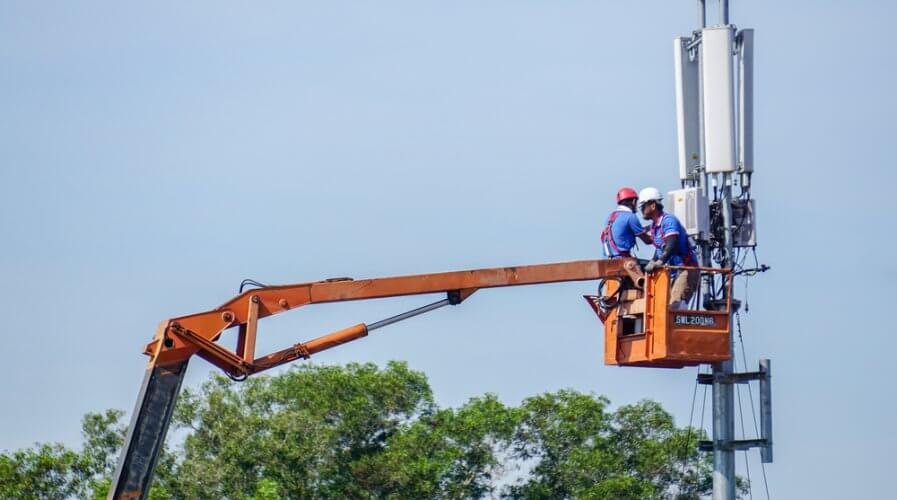
New and emerging technologies to make a dent in business says Gartner. Source: Shutterstock
Gartner identifies five emerging technology trends for 2020
“TECHNOLOGY innovation has become the key to competitive differentiation. The pace of change in technology continues to accelerate as breakthrough technologies are continually challenging even the most innovative business and technology decision-makers to keep up,” said Gartner Research VP Brian Burke.
Gartner, who constantly evaluates the technologies that make an impact on business, has identified five emerging technology trends for 2020.
# 1 | Sensing and Mobility
Sensing technologies make IoT possible and provide AI algorithms and models with the data they need, often in real-time, in order to make intelligent operational or business decisions.
Mobility, on the other hand, includes the advances that drones and autonomous vehicles are making and their applications, in say, the last-mile delivery space.
According to Gartner, enterprises that are seeking leverage sensing and mobility capabilities should consider the following technologies: 3D-sensing cameras, AR cloud, light-cargo delivery drones, flying autonomous vehicles and autonomous driving Levels 4 and 5.
# 2 | Augmented Human
Augmented human advances enable the creation of cognitive and physical improvements as an integral part of the human body.
An example of this is the ability to provide superhuman capabilities such as the creation of limb prosthetics with characteristics that can exceed the highest natural human performance.
Emerging technologies focused on extending humans include biochips, personification, augmented intelligence, emotion AI, immersive workspaces and biotech (cultured or artificial tissue).
# 3 | Postclassical Compute and Comms
The next generations of core computing, communication and integration technologies will adopt entirely new architectures.
For example, low earth orbit (LEO) satellites can provide low latency internet connectivity globally. These constellations of small satellites will enable connectivity for the 48 percent of homes that are currently not connected, providing new opportunities for economic growth for unserved countries and regions.
Enterprises expecting to overhaul their communications should, therefore, evaluate technologies such as 5G, next-generation memory, LEO systems, and nanoscale 3D printing.
# 4 | Digital Ecosystems
Digital ecosystems leverage an interdependent group of actors (enterprises, people and things) sharing digital platforms to achieve a mutually beneficial purpose.
Digitalization has facilitated the deconstruction of classical value chains, leading to stronger, more flexible and resilient webs of value delivery that are constantly morphing to create new improved products and services.
Critical technologies to be considered include: DigitalOps, knowledge graphs, synthetic data, the decentralized web, and decentralized autonomous organizations.
# 5 | Advanced AI and Analytics
Advanced analytics comprises the autonomous or semiautonomous examination of data or content using sophisticated techniques and tools, typically beyond those of traditional business intelligence (BI).
The technologies to track include adaptive machine learning (ML), edge AI, edge analytics, explainable AI, AI platform as a service (PaaS), transfer learning, generative adversarial networks and graph analytics.
READ MORE
- Ethical AI: The renewed importance of safeguarding data and customer privacy in Generative AI applications
- How Japan balances AI-driven opportunities with cybersecurity needs
- Deploying SASE: Benchmarking your approach
- Insurance everywhere all at once: the digital transformation of the APAC insurance industry
- Google parent Alphabet eyes HubSpot: A potential acquisition shaping the future of CRM


